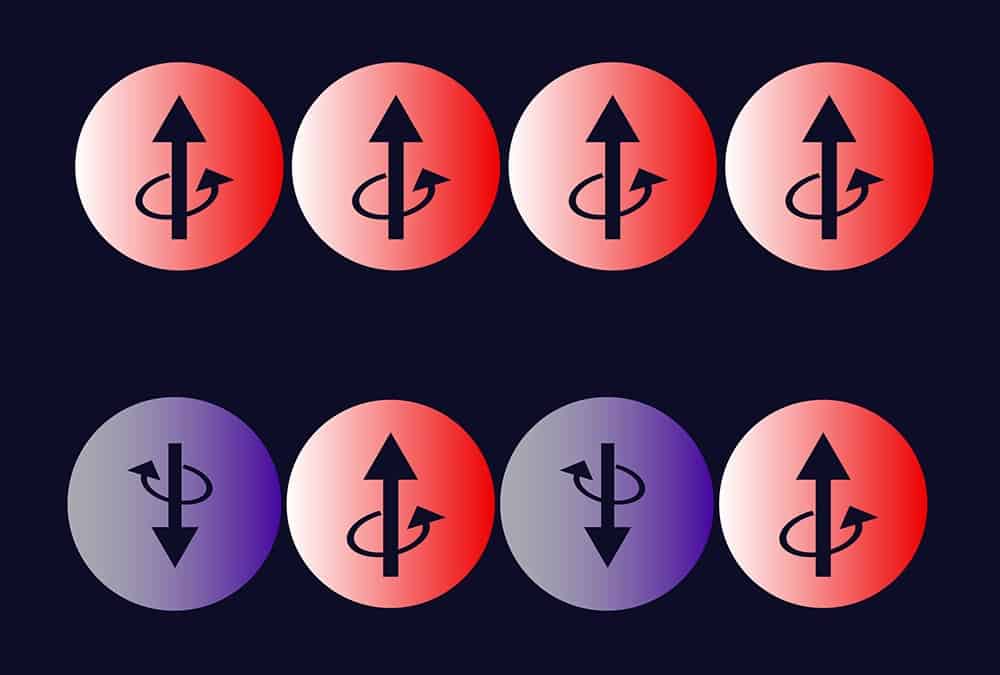Astronomers had a rare opportunity to observe a galaxy in the early universe that is providing its surroundings with the building blocks required to create later generations of stars and galaxies, thanks to a fortunate cosmic alignment. The experts have found that the distant galaxy has been spewing elements required for the formation of galaxies and stars. The galaxy, A1689-zD1, was seen with gas flowing over its edges and is said to be the earliest known-run-of-the-mill galaxy. It was spotted in light magnified by a large galaxy cluster named Abell 1989 that can intensify, bend, or gravitationally lens light from the earliest galaxies.
A1689-zD1 doesn’t produce many stars, causing it to appear dimmer than other galaxies observed through telescopes. Here, the cluster helped in intensifying the light by nearly 10 times.
The astronomers have submitted their findings to arXiv.org.
Astronomer Hollis Akins and his colleagues employed the Atacama Large Millimeter/submillimeter Array (ALMA), a large network of radio telescopes, to study light. They observed the intensities of specific spectral lines of oxygen and carbon that indicate hot ionised gas and cold neutral gas, respectively.
“A1689-zD1 is located in the very early Universe— only 700 million years after the Big Bang. This is the era when galaxies were just beginning to form. What we see in these new observations is evidence of processes that may contribute to the evolution of what we call normal galaxies as opposed to massive galaxies. More importantly, these processes are ones we did not previously believe applied to these normal galaxies,” said Akins, an undergraduate student in astronomy at Grinnell College and the lead author of the research.
While the hot gas was traced near the bright stars, the astronomers were surprised to spot the cold gas extending four times farther.
“There has to be some mechanism to get carbon out into the circumgalactic medium,” said Akins. He suspected that the outflowing gas from the galaxy could be due to smaller galaxies merging with it or because of heat emitted from star formation which was pushing the gas out.
Tracing the gases, researchers noted that the hot gas had an overall larger movement than the cold one. This, according to Akin, meant that the hot gas was being pushed out from the galaxy’s centre to the outer regions.
Akin explained that the hot gas flows out and expands before cooling down in the process. This causes the cold gas to appear flowing over A1689-zD1’s edge. The findings showed that the phenomenon of gas outflow takes place not only in the extreme and super bright galaxies but in the normal ones too.






